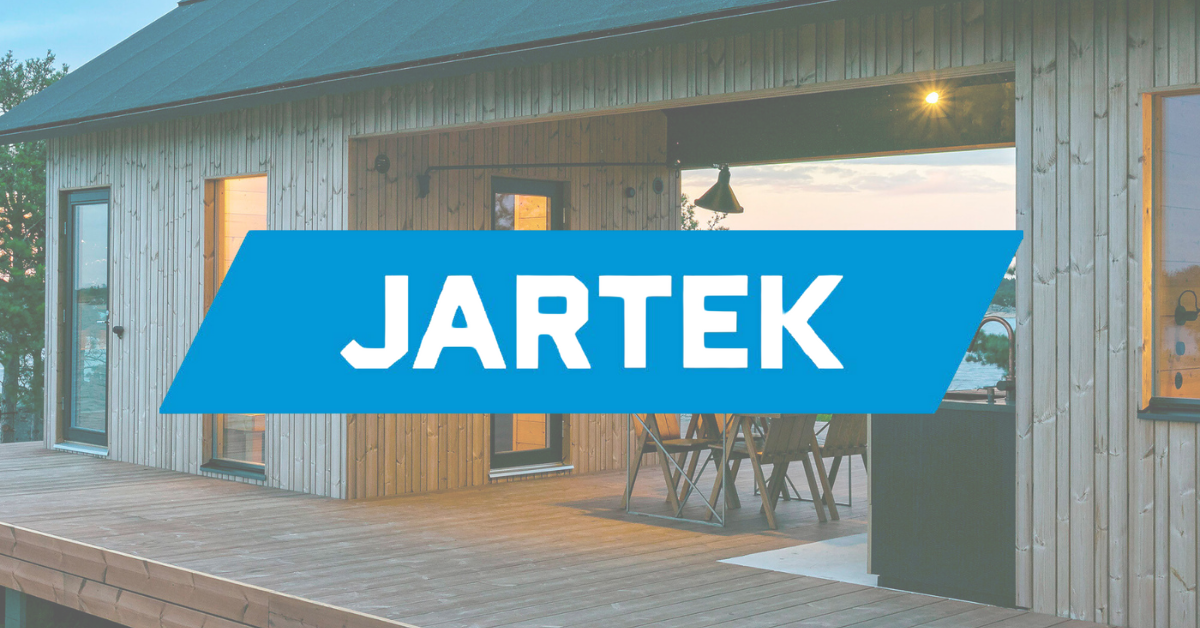New Markets for Red Oak | Member Insights
Welcome to Member Insights, a new section in Hardwood Matters for sharing your thoughts and experiences on the hardwood industry. We invite you to contribute!
Submission by BRUCE NESMITH
New Red Oak markets require it to be cheaper and more desirable than competing products. The availability and cost of those competing products drive demand.
First, let’s take a look at historic hardwood lumber markets. Until the last third of the twentieth century, wood was the construction material of choice for everything. It was the cheapest, most versatile raw material available for many uses. Hardwood was used in everything from automobile parts to waste bins.
When manufacturers of other products looked for markets, they tried to take market share from the most significant competitors, wood products. This cutthroat competition targeted paper products, building materials, and hardwood users. It came from many different industries. Over the past one hundred years, the paper industry has been decimated by plastics and computers, the softwood industry has had to reinvent itself to stay cost-competitive over alternative products, and the hardwood industry has tried to ignore the fact that it’s dying.
The simple fact is that hardwoods are a commodity product, and cost is the driving market factor. There are many wood substitutes on the market today. I’m sure that if you look, your house is full of them. You bought them because they were cheaper or required less upkeep. Look around at them. This is the competition, not the sawmill in the next county.
Every plastic bag, every plastic rifle stock, every steel stud, and everything you touch that used to be wood drives a nail in the wood industry’s coffin. This is a worldwide phenomenon. Hardwoods lost their protected markets with the free trade treaties of the 1980s and 90s. American hardwoods have to be cheaper than competitive products to compete in world markets. It is more affordable than wood from Africa or South America. It is more inexpensive than plastics from Asia. Cheaper than ceramics from Spain. Not prettier, more nostalgic, or more “green.” It is more affordable to use and maintain. Period!
All hardwood-using markets are under attack. No one is exempt. Pallets, railroad ties, cabinets, flooring, furniture, and accessories are all targeted by other non-wood competitors. And COST is the driving force. Not appearance or tradition or nostalgia.
As computers and the internet destroyed the paper industry, cheaper alternatives are destroying the traditional hardwood industry. There has to be a need or demand. Just as buggy whips are no longer necessary, natural hardwood is no longer required.
Surviving hardwood producers will have the lowest manufacturing costs in areas with abundant cheap timber or those in a specialty market. Or those under-the-radar micro-producers who are unregulated. This is true for the hardwood supply chain, from landowners to retailers.
Finding new markets for Red Oak will require that it be cheaper than competing products. Cheaper Red Oak has to come from lower timber prices and efficient manufacturing. Both are necessary; neither alone will be sufficient.
Share Your Voice in Hardwood Matters!
Send your submissions to NHLA at [email protected] and join the conversation shaping our industry’s future. Please note that while we value all submissions, we cannot accept all pieces. Thank you for understanding and for your consideration.
Share:
Related News & Blog

November 5, 2025

November 5, 2025
Questions?
Have questions or need any assistance regarding the NHLA Annual Convention & Exhibit Showcase?
